
Pre-Viva PhD

The world is digital, but life is analog..




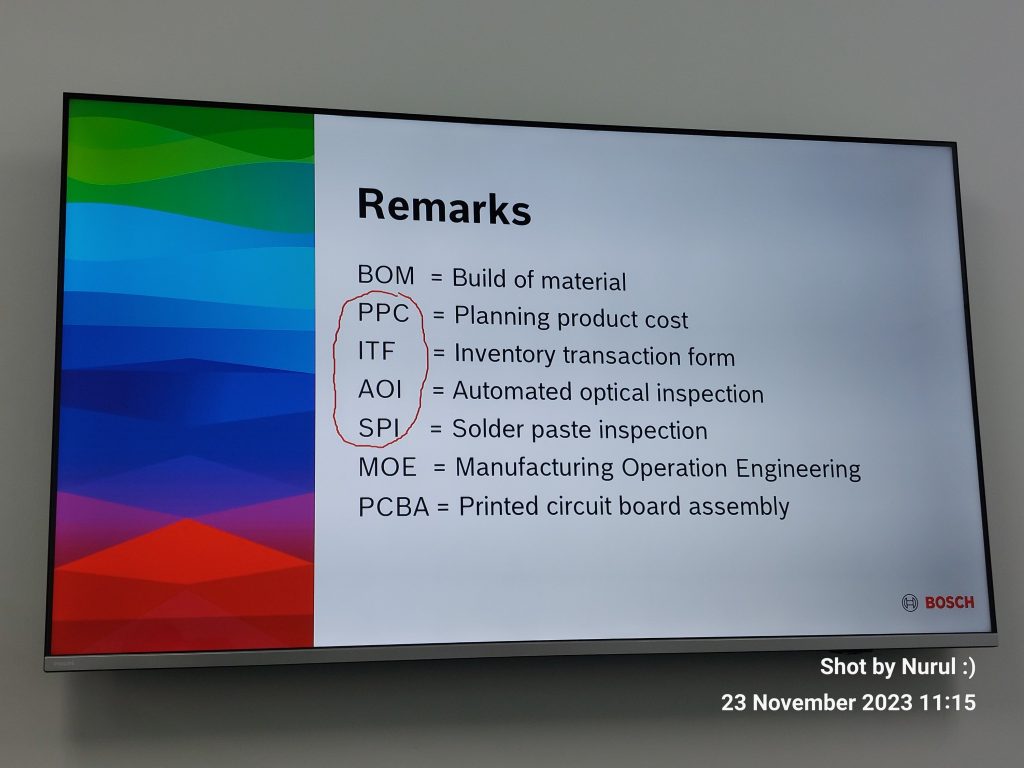
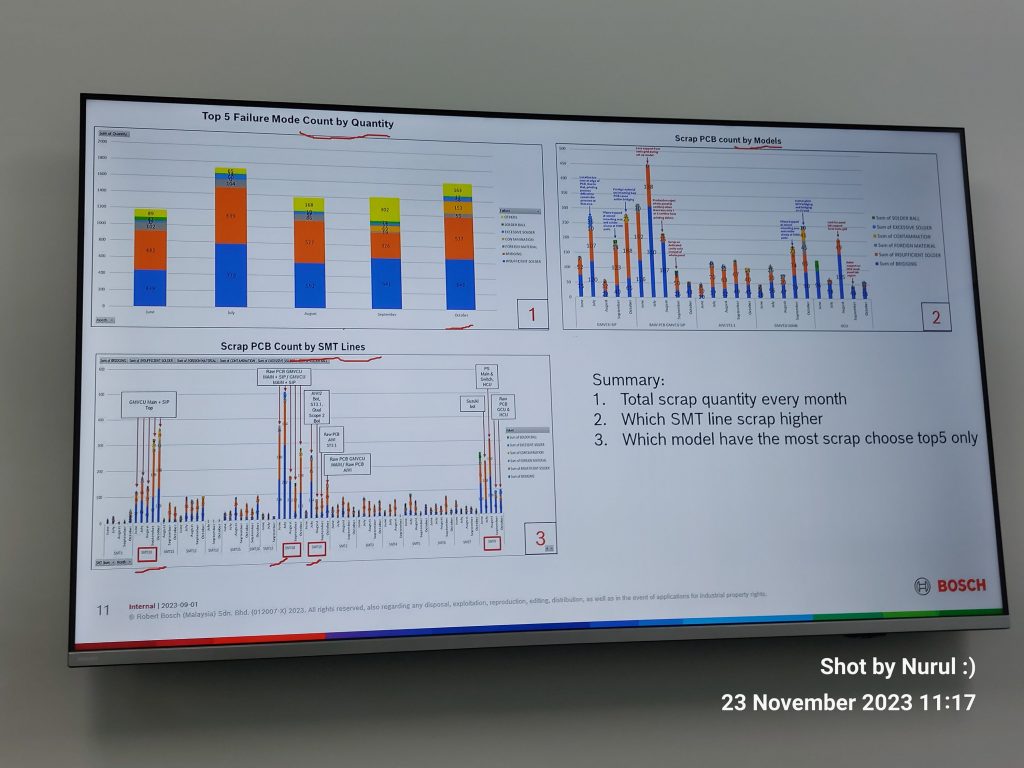
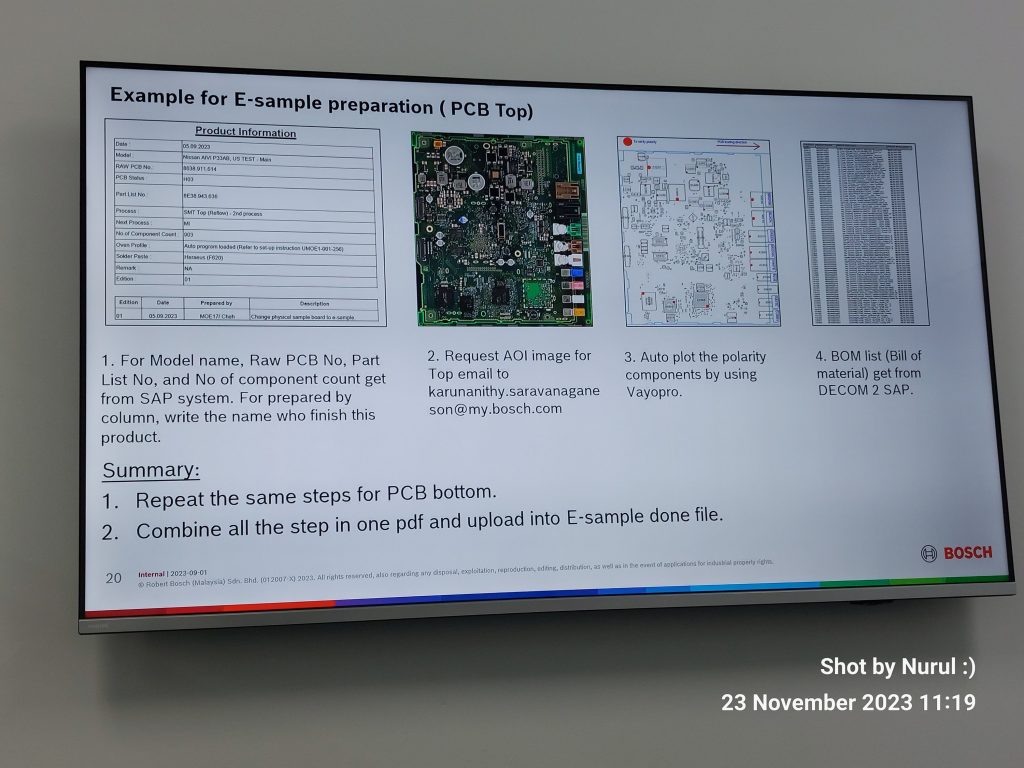


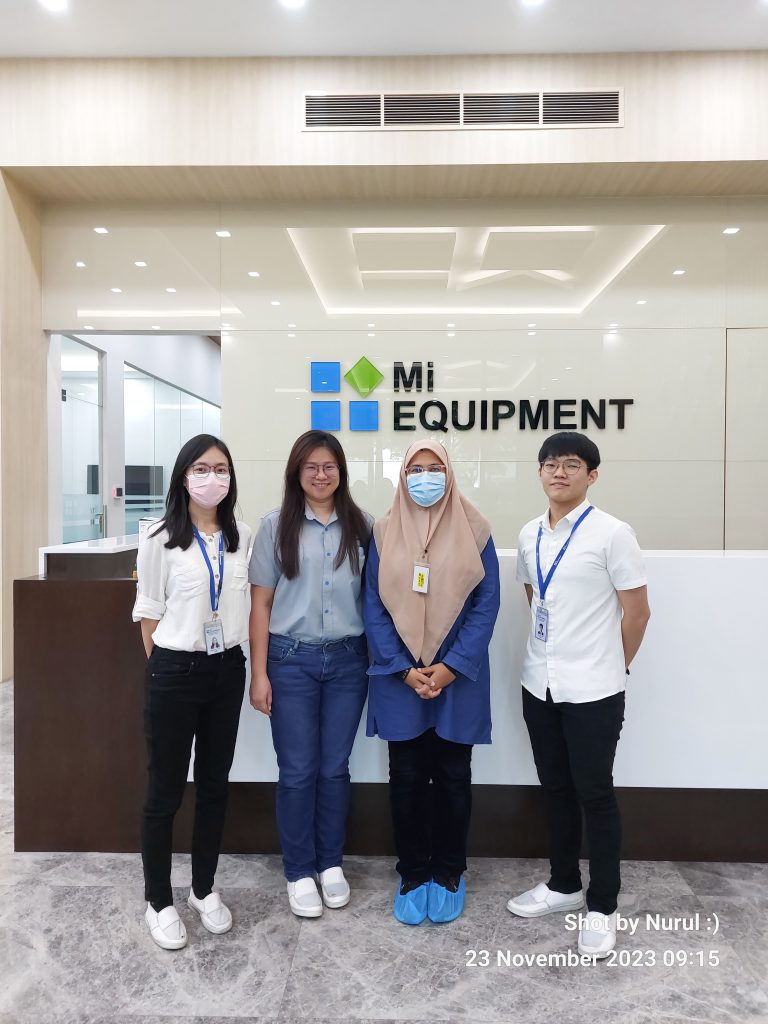
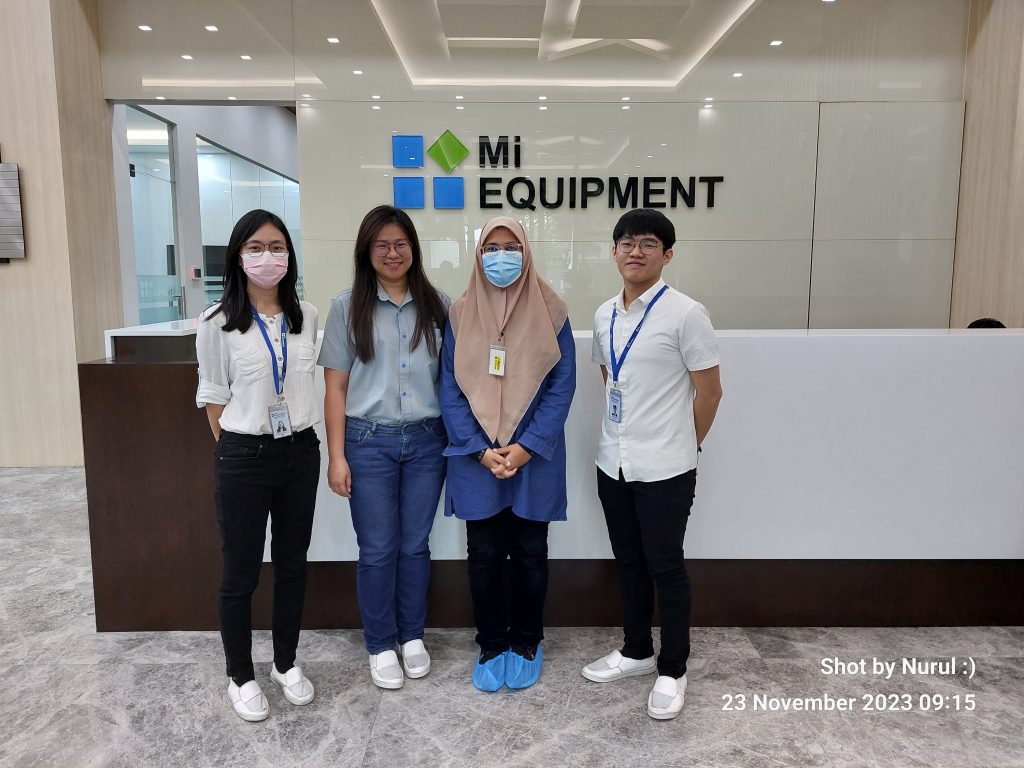


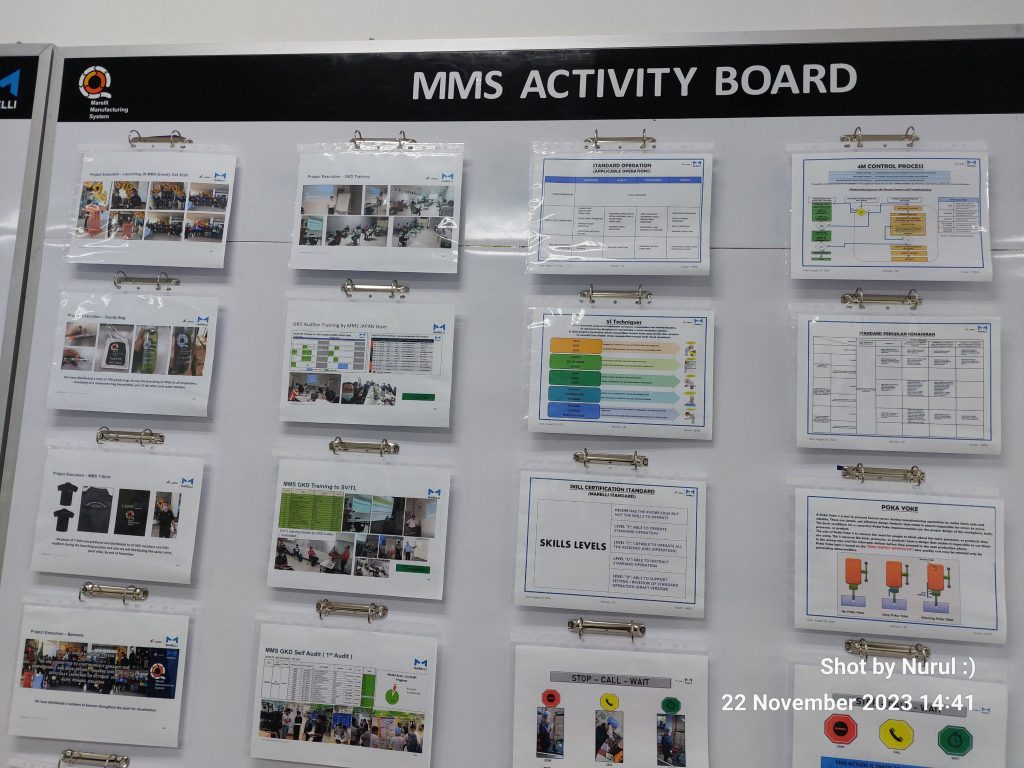
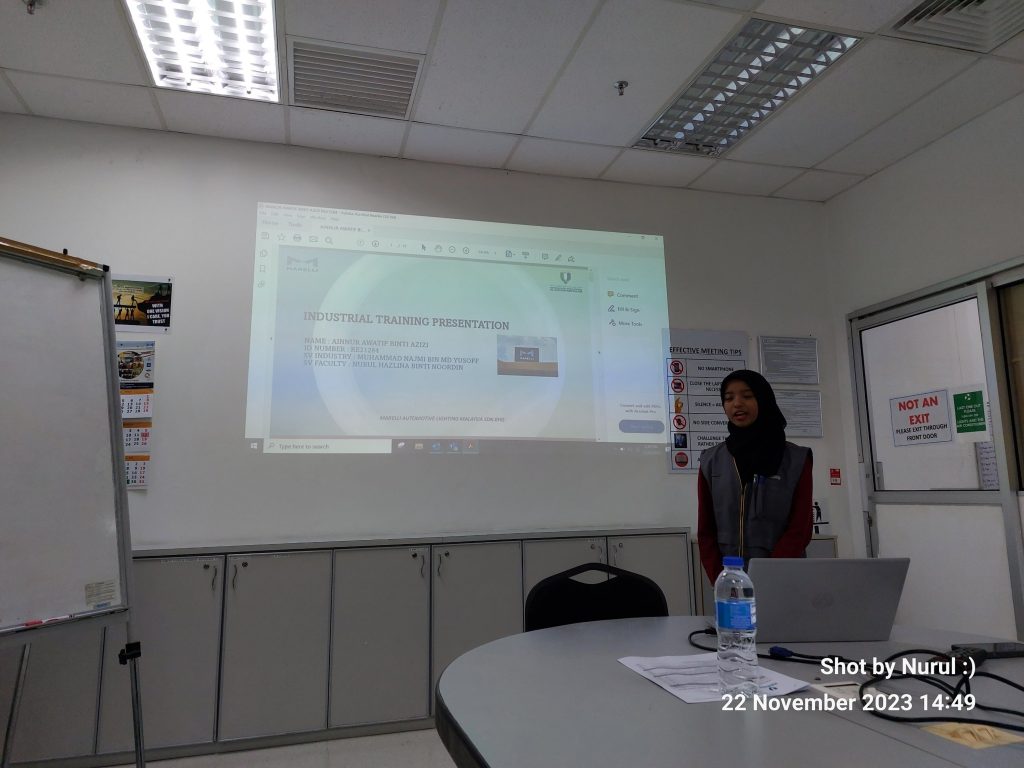


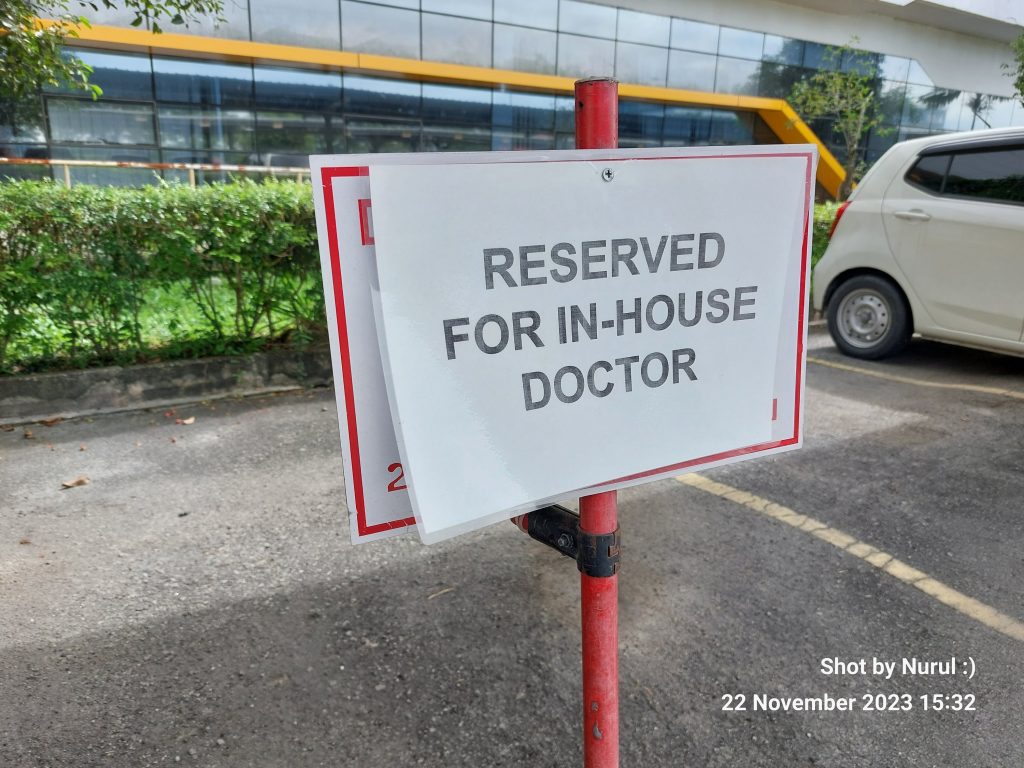




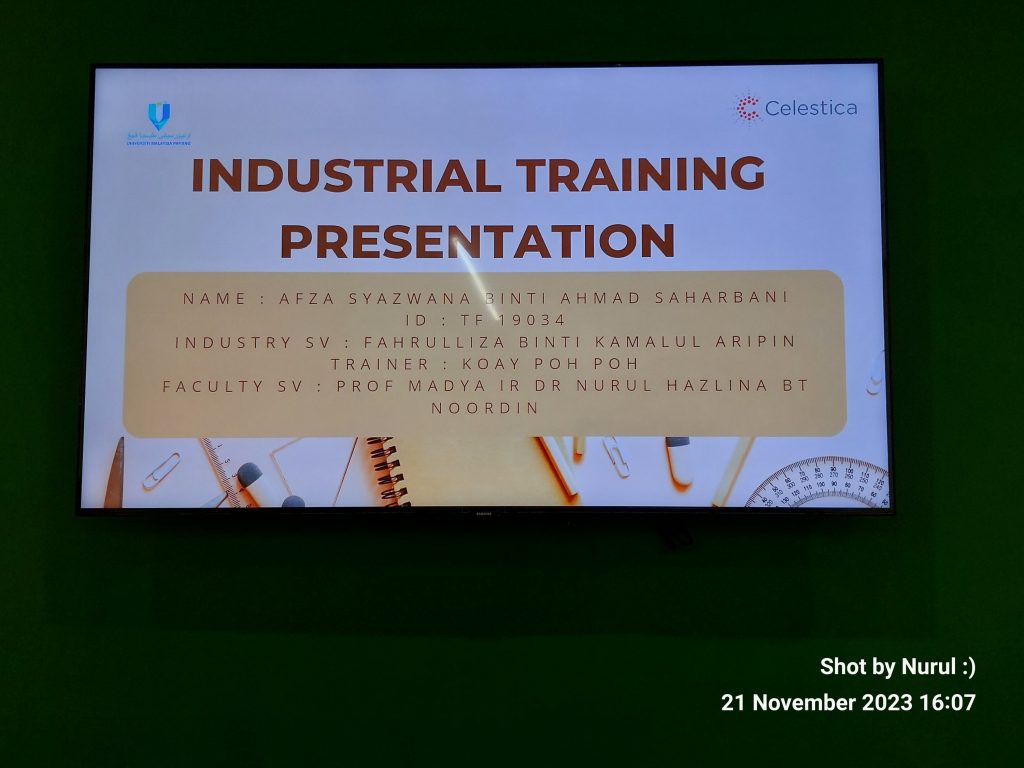


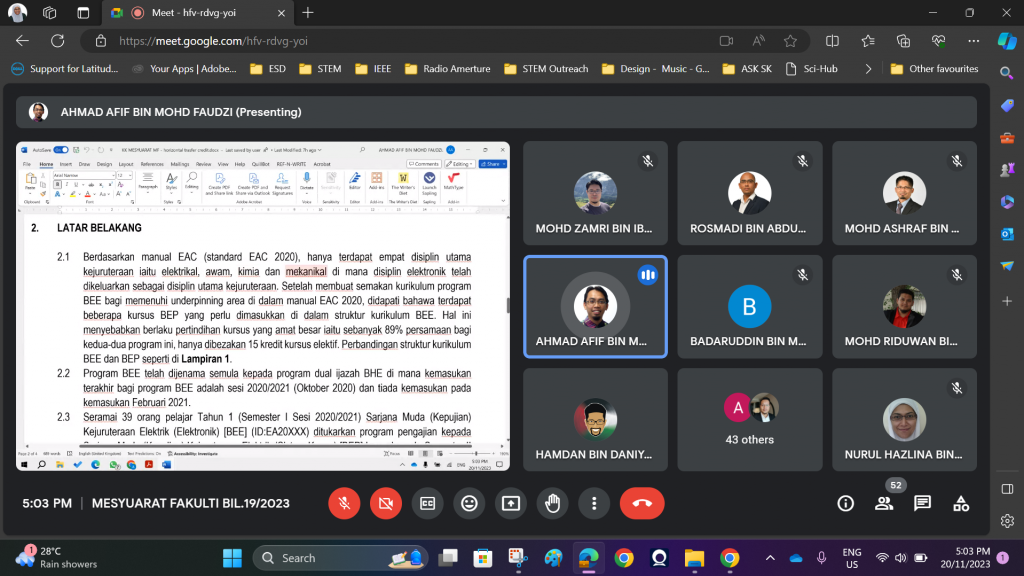

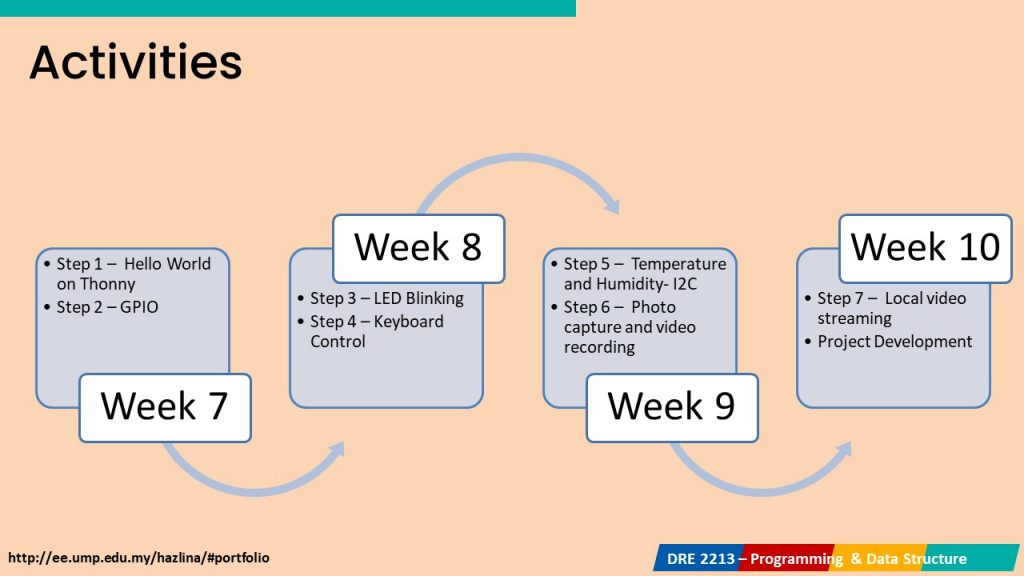




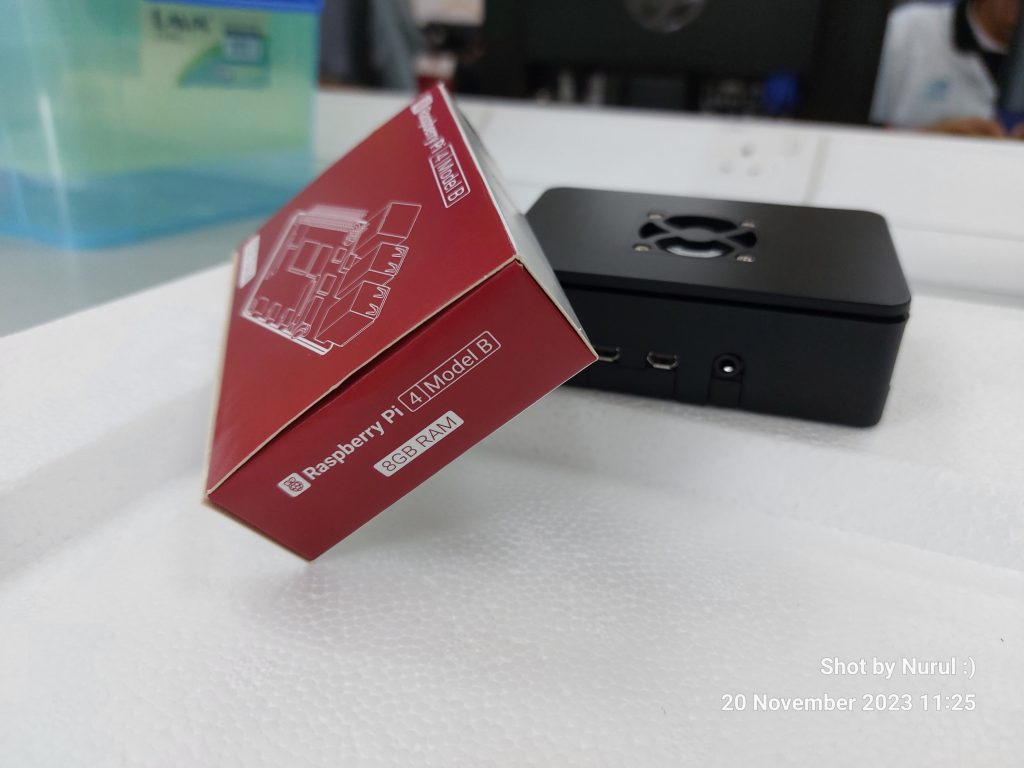
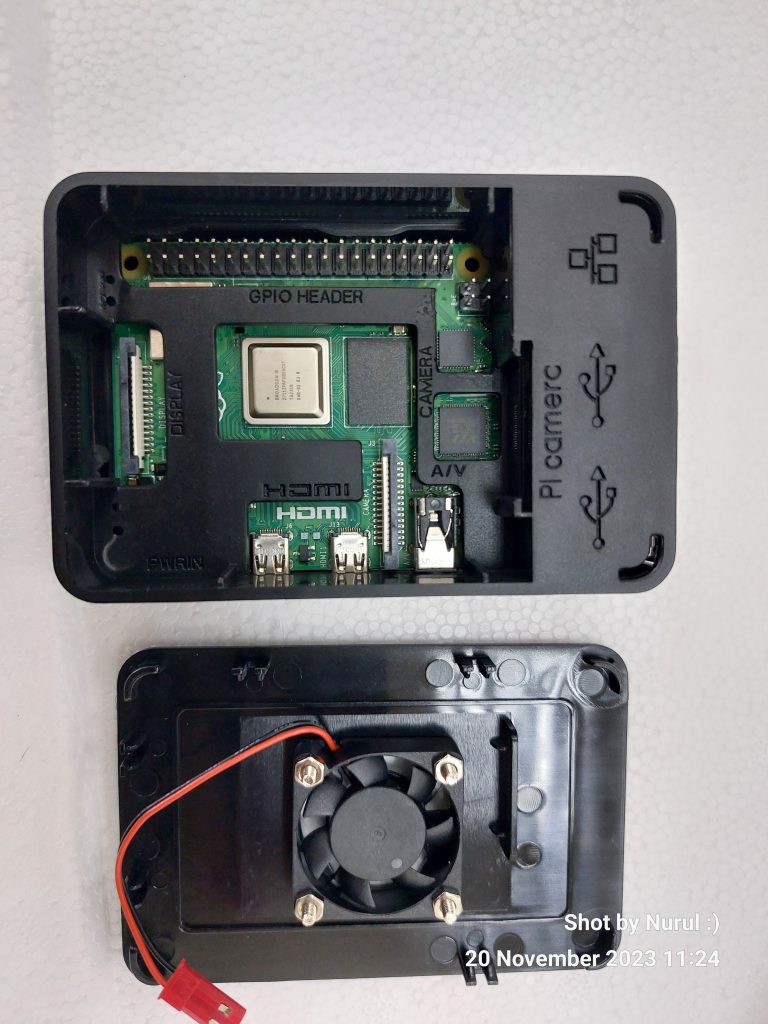
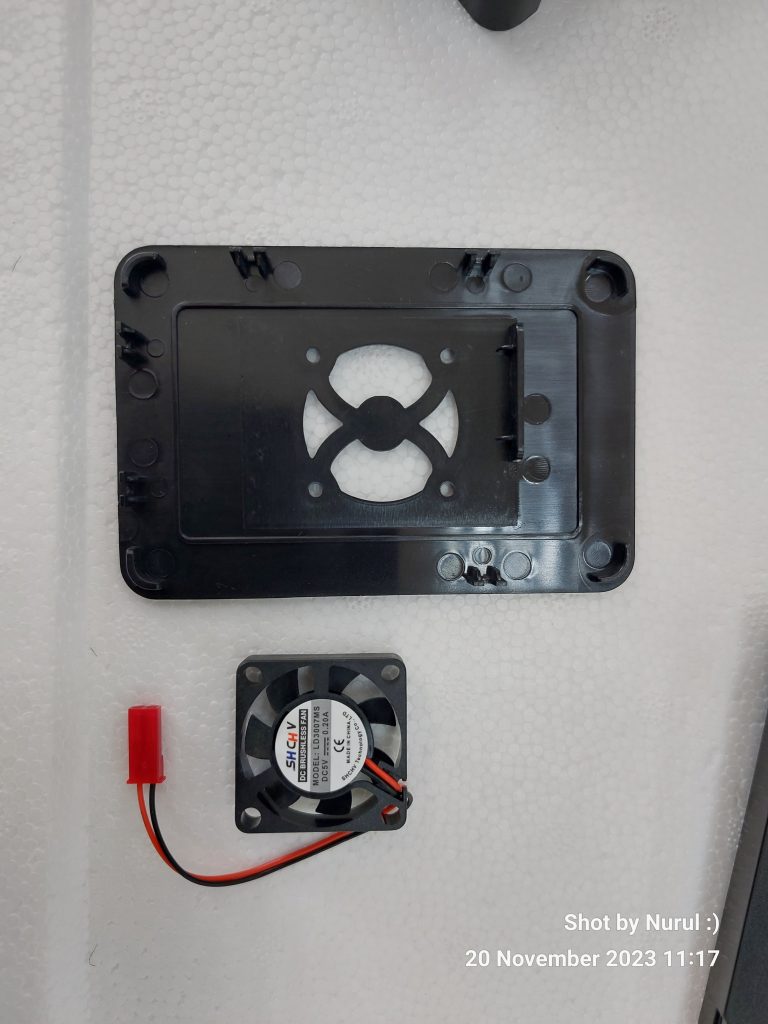


Hello BTE-ian,
All the best in your Test 1. Remember to submit the following in KALAM:-
While you’re doing this 2-hour test (assessment marks of 20%), let me recap on the Oscillator topic that we did back in Week 1, the Hartley oscillator. A reminder of how significance it is in the context communication system design, especially in the context of a communication system design laboratory.
The Hartley oscillator, named after its inventor Ralph Hartley, is a type of LC (inductor-capacitor) oscillator that generates sinusoidal waveforms. Its distinctive feature is the use of a tapped inductor in the tank circuit, which sets it apart from other LC oscillators like the Colpitts or Clapp oscillators.
Communication systems rely on oscillators for various functions, including frequency synthesis, modulation, and demodulation. The Hartley oscillator, with its stable frequency and simplicity in design, plays a pivotal role in ensuring the accuracy and efficiency of these processes.
Within the confines of a communication system design laboratory (our class it is 🙂 ), we engaged in the practical aspects of crafting communication systems – Lab 1. The Hartley oscillator is a common choice in these labs due to its straightforward design and ease of implementation, making it an excellent tool for learning the fundamentals of oscillator design and its integration into communication systems.
When designing an oscillator, several factors must be taken into account to ensure optimal performance. In the case of the Hartley oscillator, key considerations include:
So, how do we describe a good oscillator?
The output of a Hartley oscillator is typically a sinusoidal waveform. This waveform can be characterized by parameters such as frequency, amplitude, and phase. In a communication system, understanding and controlling these parameters are essential for the successful transmission and reception of information.
The Hartley oscillator serves as a fundamental building block in communication systems, offering a reliable and efficient means of generating sinusoidal waveforms. Its simplicity makes it an ideal choice for educational purposes within communication system design laboratories, where students can gain hands-on experience in oscillator design and its integration into broader communication systems. As technology continues to advance, the role of oscillators like the Hartley oscillator remains pivotal in shaping the landscape of modern communication.
All the best everyone in answering your Test 1, and have a good holiday ahead. See you after the sem break.